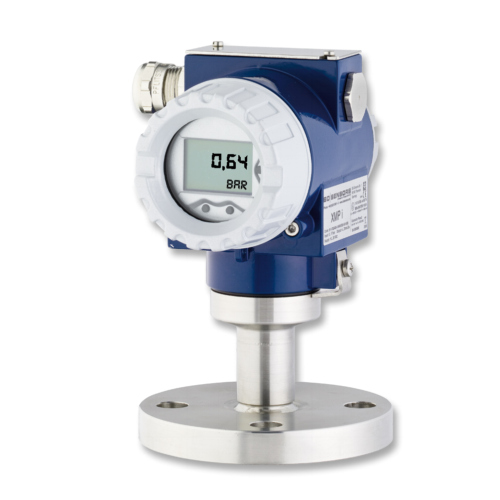That Man
Senior Member
- Location
- California, United States
- Occupation
- Electrical Designer
I've been wondering this for a while. 4-20mA current loop. There's a definite limit to how many devices you can put in a loop, since each device has a resistance.
Lets say we have a 24V power supply, a 250 ohm device, and a 500 ohm device. One can be a PLC I/O point, another a transducer, it doesn't matter (I think). Can we add more devices? Pretty sure, based on simple ohm's law calc:
E=IR where E=24V, I = 20mA
24 = 0.02 * R
24/0.02 = R
R = 1200 ohms
Since our loop has 750 ohms of resistance, we have 450 ohms available for another device(s).
So I was wondering. Instead of adding another device, can we simply have a REALLY long circuit? Assuming 18AWG wire, that's about 21 ohms/km. double that since a circuit has to go there and back again, to 42 ohms/km. Does that mean a 4-20mA circuit can go 10.7km before resistance of the wire plus devices exceeds the resistance budget and the signal is no longer accurate? Does this also mean that to extend the range beyond this for some crazy reason, you can just use a larger power supply, like 48V?
Am I missing something? Are there other effects that limit a loop length? Are they calculate-able?
Lets say we have a 24V power supply, a 250 ohm device, and a 500 ohm device. One can be a PLC I/O point, another a transducer, it doesn't matter (I think). Can we add more devices? Pretty sure, based on simple ohm's law calc:
E=IR where E=24V, I = 20mA
24 = 0.02 * R
24/0.02 = R
R = 1200 ohms
Since our loop has 750 ohms of resistance, we have 450 ohms available for another device(s).
So I was wondering. Instead of adding another device, can we simply have a REALLY long circuit? Assuming 18AWG wire, that's about 21 ohms/km. double that since a circuit has to go there and back again, to 42 ohms/km. Does that mean a 4-20mA circuit can go 10.7km before resistance of the wire plus devices exceeds the resistance budget and the signal is no longer accurate? Does this also mean that to extend the range beyond this for some crazy reason, you can just use a larger power supply, like 48V?
Am I missing something? Are there other effects that limit a loop length? Are they calculate-able?


